Largest known sub-aerial landslide on Earth, world record in Wyoming
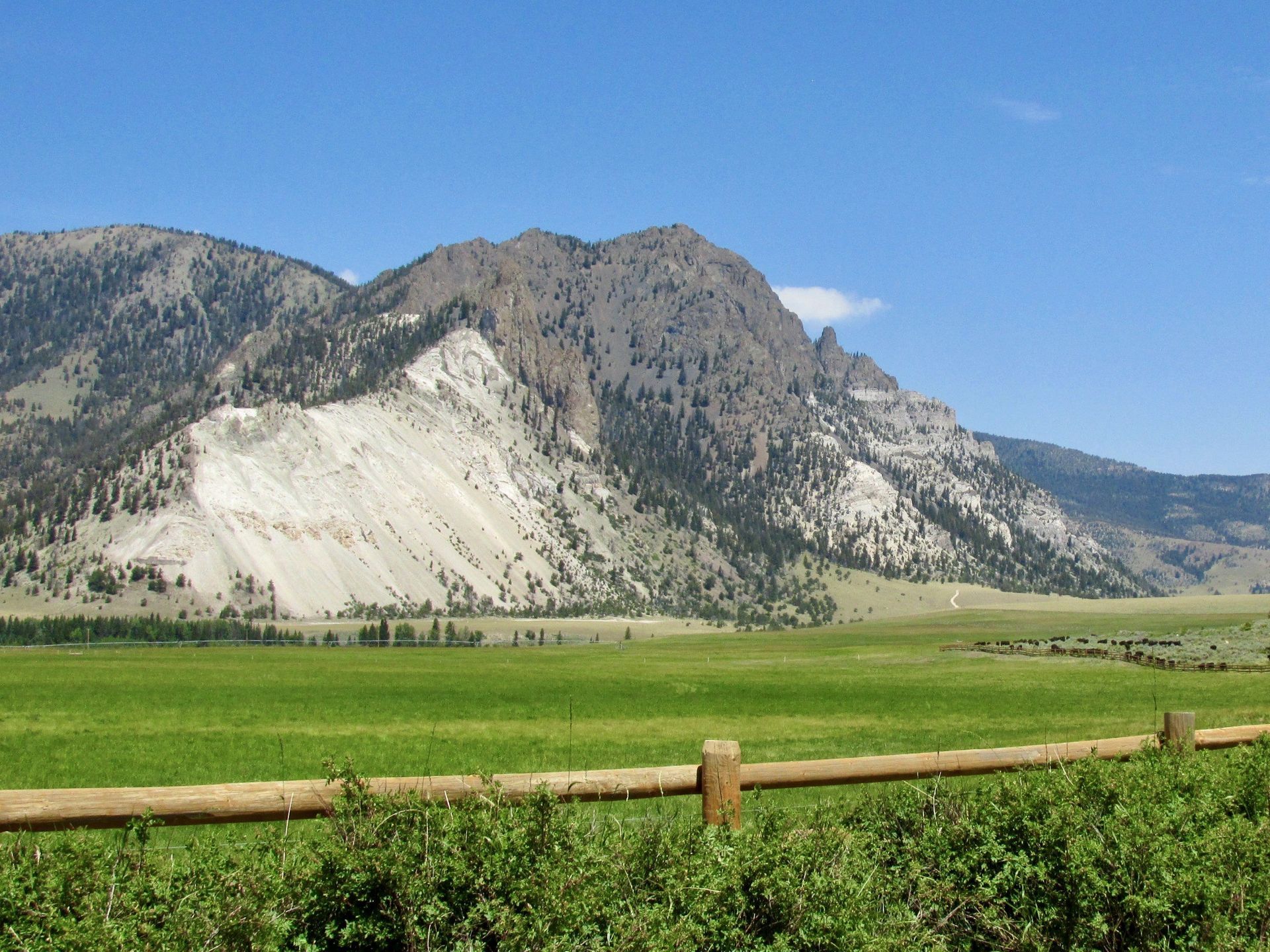
Wyoming, United States--During its emplacement more than 2000 km3 of Paleozoic sedimentary and Eocene volcanic rocks from The Heart Mountain slid >45 km on a basal detachment surface dipping 2°, making The Heart Mountain the Largest known sub-aerial landslide on Earth, according to the WORLD RECORD ACADEMY.
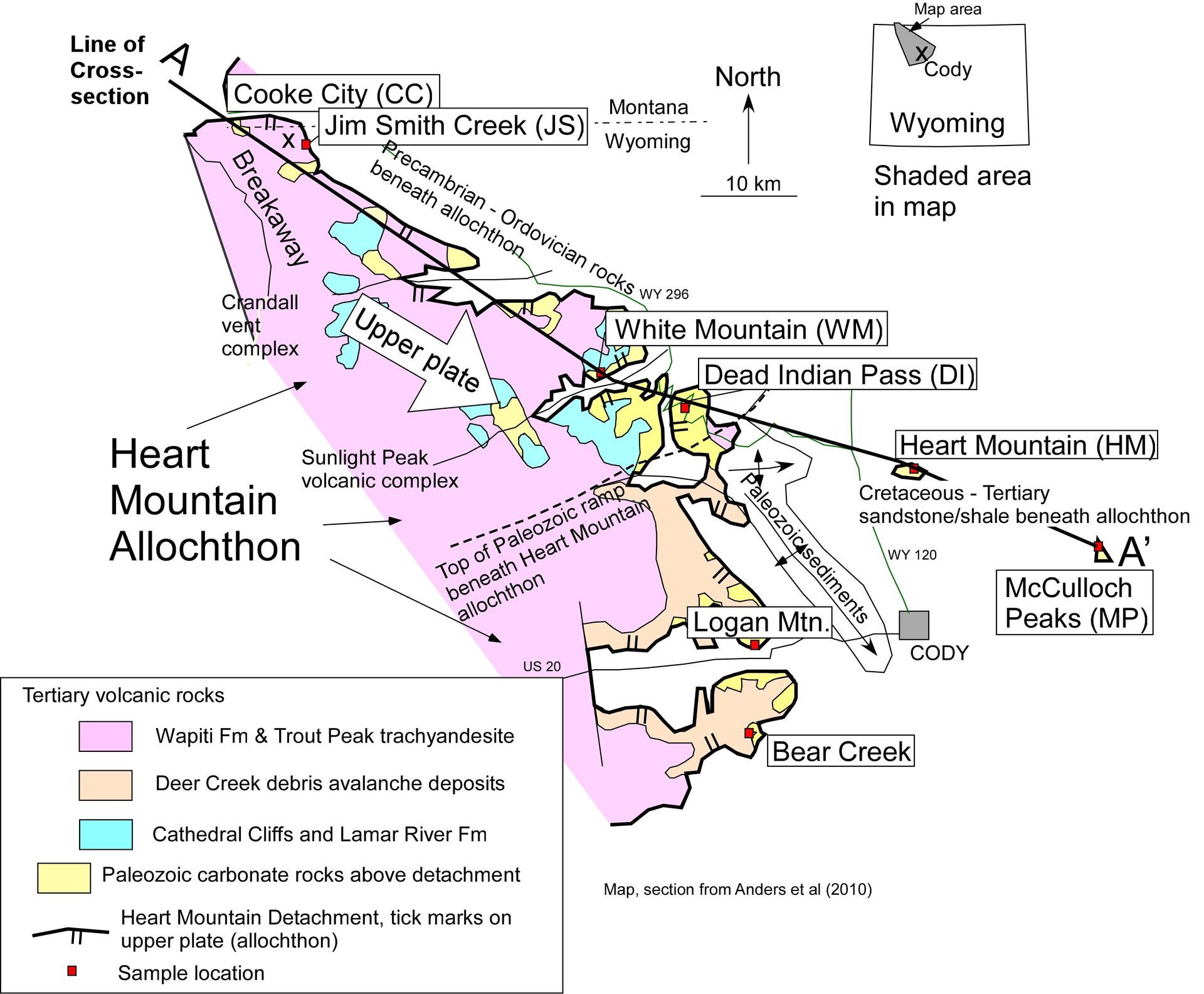
"The Heart Mountain is the largest known sub-aerial landslide on Earth. During its emplacement more than 2000 km3 of Paleozoic sedimentary and Eocene volcanic rocks slid >45 km on a basal detachment surface dipping 2°, leading to 100 yr of debate regarding the emplacement mechanisms," the University College London says.
"Even I have a hard time visualizing a mountain moving 50 kilometers, but you can move it if the friction is low enough," said lead study author Tom Mitchell.
"Now, laboratory experiments on limestone and dolostone rocks from the landslide seem to support the idea that the landslide slid catastrophically fast. In the tests, conducted at INGV Rome's specialized laboratory, Mitchell and his colleagues ground together limestone and dolostone at high pressures and speeds to mimic the landslide. Almost as soon as the experimental landslide started, the rocks started to break down and release carbon dioxide gas."
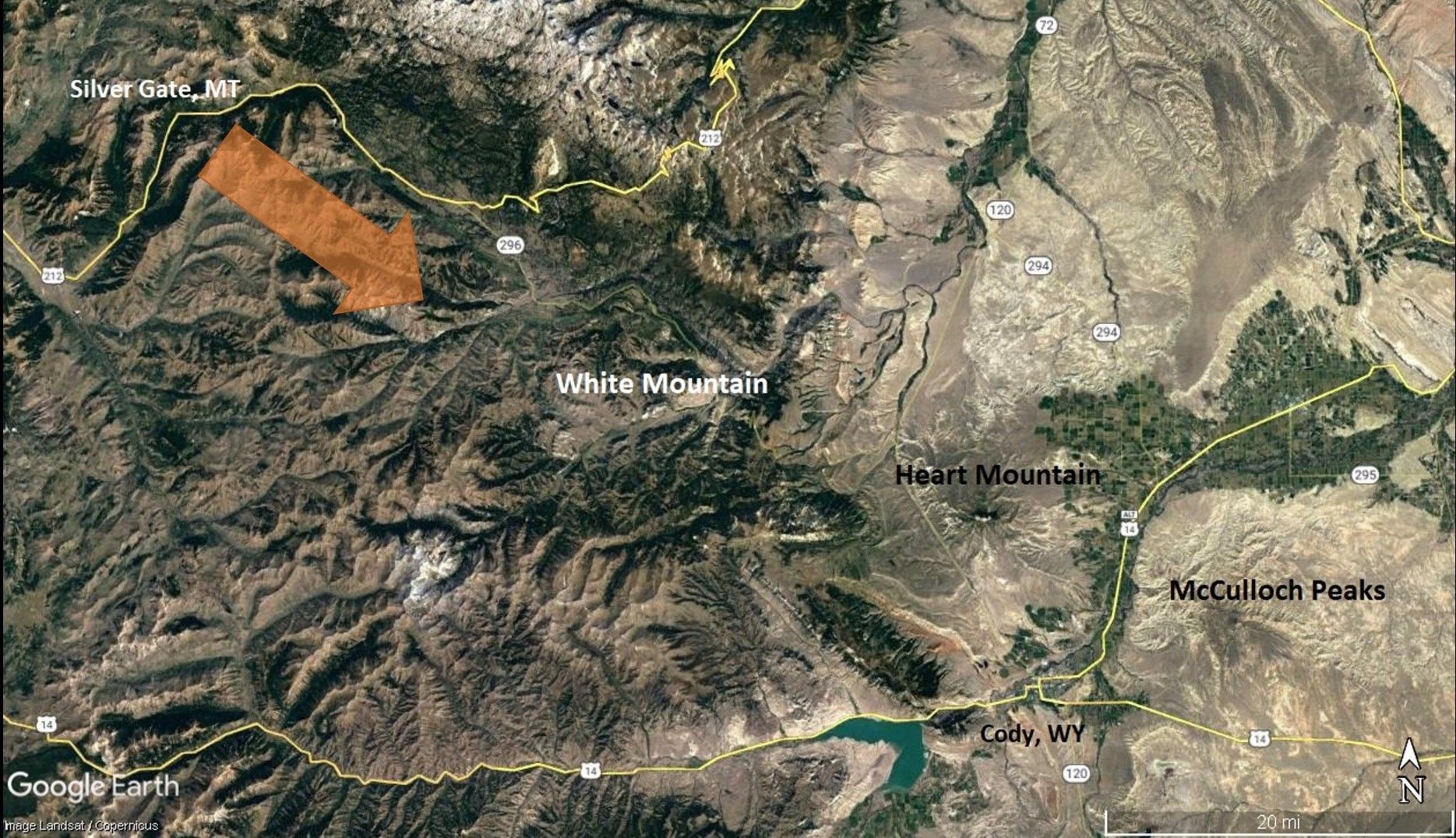
"The Heart Mountain landslide of northwest Wyoming is the largest known sub-aerial landslide on Earth. During its emplacement more than of Paleozoic sedimentary and Eocene volcanic rocks slid on a basal detachment surface dipping 2°, leading to 100 yr of debate regarding the emplacement mechanisms," the Science Direct says.
"Recently, emplacement by catastrophic sliding has been favored, but experimental evidence in support of this is lacking. Here we show in friction experiments on carbonate rocks taken from the landslide that at slip velocities of several meters per second CO2 starts to degas due to thermal decomposition induced by flash heating after only a few hundred microns of slip.
"This is associated with the formation of vesicular degassing rims in dolomite clasts and a crystalline calcite cement that closely resemble microstructures in the basal slip zone of the natural landslide. Our experimental results are consistent with an emplacement mechanism whereby catastrophic slip was aided by carbonate decomposition and release of CO2, allowing the huge upper plate rock mass to slide over a ‘cushion’ of pressurized material."
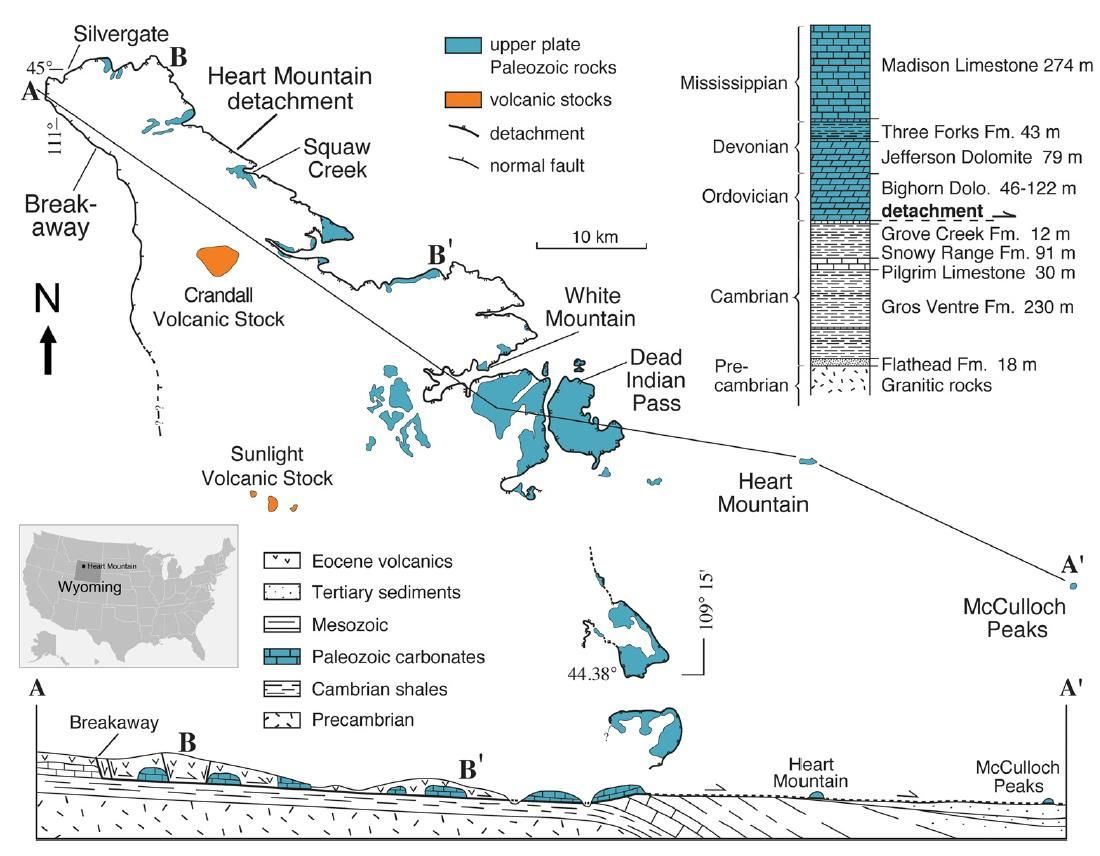
"The largest known subaerial landslide is the Heart Mountain Landslide in northwestern Wyoming. Although this landslide occurred about 50 million years ago, it was so large that weathering, erosion, and volcanic activity have not yet obscured all of the evidence," the
Geology.com says.
"The most revealing feature of the slide is a klippe known as Heart Mountain, a massive block of Ordovician- to Mississippian-age limestone that rests atop undeformed rocks of the Willwood Formation that are merely Eocene in age. "The slide occurred when a large slab of Madison Limestone, about 1600 feet thick and over 400 square miles in area, became detached and slid down a gradual slope that had an average slope of less than two degrees.
"As the limestone slab moved, it broke into many smaller pieces. Today over 100 pieces of the slab are scattered across an area of about 1300 square miles. Some of these blocks are up to five miles across, and many of them have been buried by volcanic material. Geologists are in general agreement that a slide is responsible for scattering these blocks. However, numerous theories have been proposed to explain how such large blocks of rock could be transported up to 30 miles over a surface with such an insignificant slope.
"This is the largest subaerial landslide that has been recognized. Much larger landslides may have occurred at earlier times in geologic history. Any evidence for these slides has either been destroyed or has not yet been recognized."
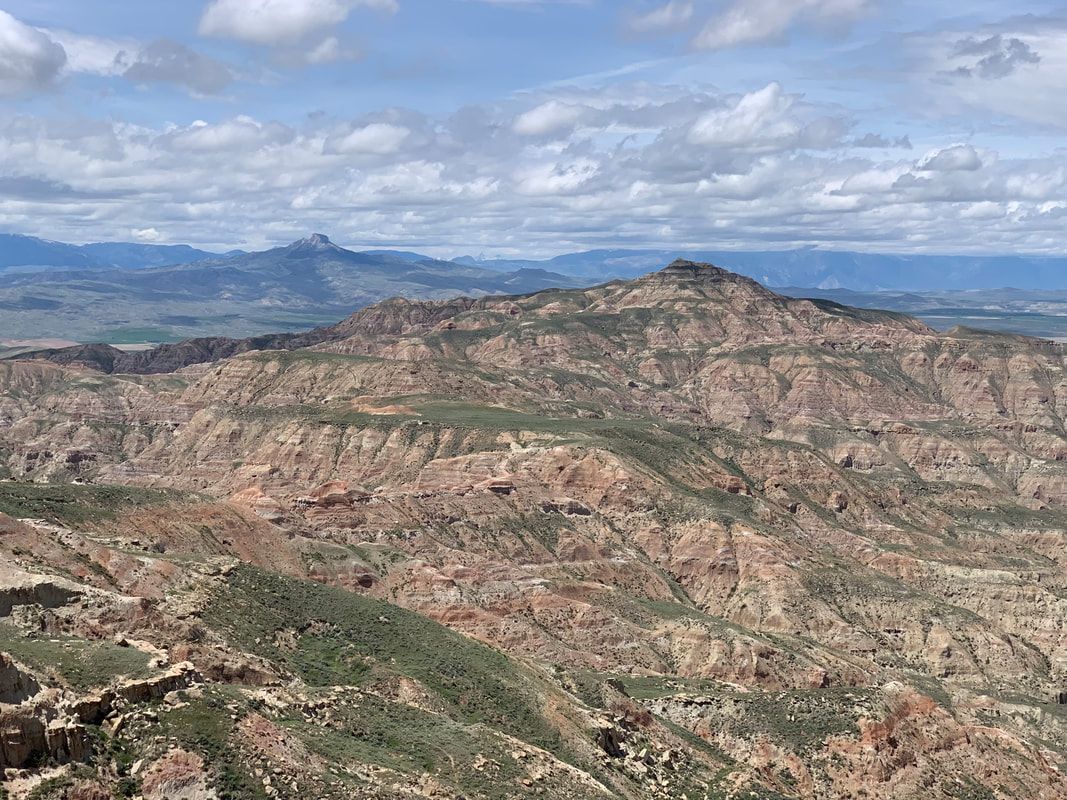
"Yellowstone is well-known as one of the largest volcanic systems in the world. Few people know, however, that the largest-known subaerial landslide on Earth is located just next door," the United States Geological Survey says.
"With seemly endless geologic wonders around Yellowstone, you may not be aware that the largest known subaerial (above sea level) landslide ever occurred here: the Heart Mountain Detachment. This mind-boggling landslide has often elicited more questions than answers, but over the decades geologists have pieced together the evidence into a compelling theory.
"The HMD occurred ~49 million years ago, concurrent with the volcanic eruptions that built the Absaroka range. At least 3,500 km2 of land slid during the HMD, which is an area larger than the size of Rhode Island! This enormous block of land lay east of the present-day Yellowstone National Park boundary.
"With the northwestern breakaway point near Silver Gate, MT, the block slid southeast toward Cody, WY. The upper plate was composed primarily of Paleozoic (about 250-540 million years old) carbonate rock and younger Absaroka volcanics. Notable deposits of the landslide include White Mountain, namesake Heart Mountain, and the McCulloch Peaks near the southeastern terminus. A scenic drive along the Chief Joseph Highway 296 provides spectacular views of this landscape."

"The Heart Mountain landslide is the largest landslide ever found on Earth's surface (larger landslides exist in the ocean). Many scientists think the slide was triggered by a violent volcanic eruption in Wyoming's Absaroka volcanic field 48.8 million years ago.
"The blast launched a 31-mile-long ridge of Madison Limestone toward the Southeast. The slab broke up as it traveled; now, more than 100 huge limestone blocks are scattered across some 1,310 square miles (3,400 square kilometers) of younger rocks in northwestern Wyoming and southeastern Montana," the Live Science says.
" The massive Heart Mountain landslide in Wyoming raced to its final resting place on a cushion of carbon dioxide gas, similar to a hovercraft gliding on air, a new study suggests."
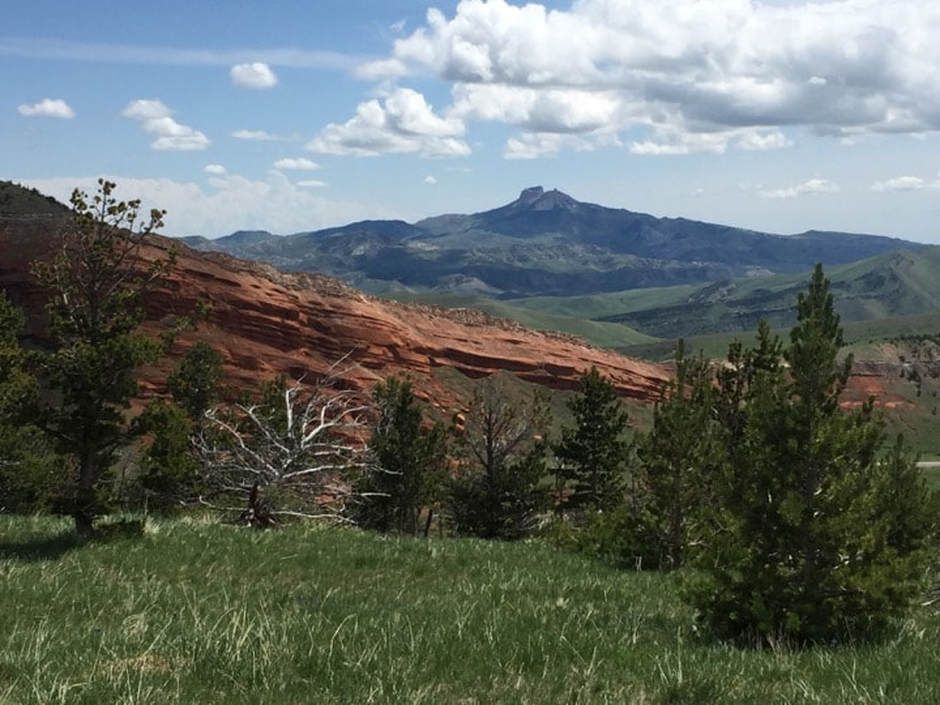
"Largest terrestrial landslide in the world, memorable summit hike with spectacular views of the Bighorn Basin. This feels like Wyoming with antelope, changing weather, views, geology and solitude. This trip can be combined with a visit to the Heart Mountain Relocation National Historic Landmark, a World War II Japanese-American internment camp," the Geology of Wyoming says.
"Heart Mountain is a prominent landmark 10 miles north of Cody. It also happens to be part of the world’s largest terrestrial landslide that geologists call the Heart Mountain Detachment (HMD). It occurred about 49 million years ago.
"For over a century geologists have been trying to understand the emplacement mechanism for the HMD that allowed it to move on such a flat surface. Recent work has focused on release of gas (CO2) along the detachment surface that allowed it to move like a hovercraft. Whatever the mechanism, it left a true geological enigma."
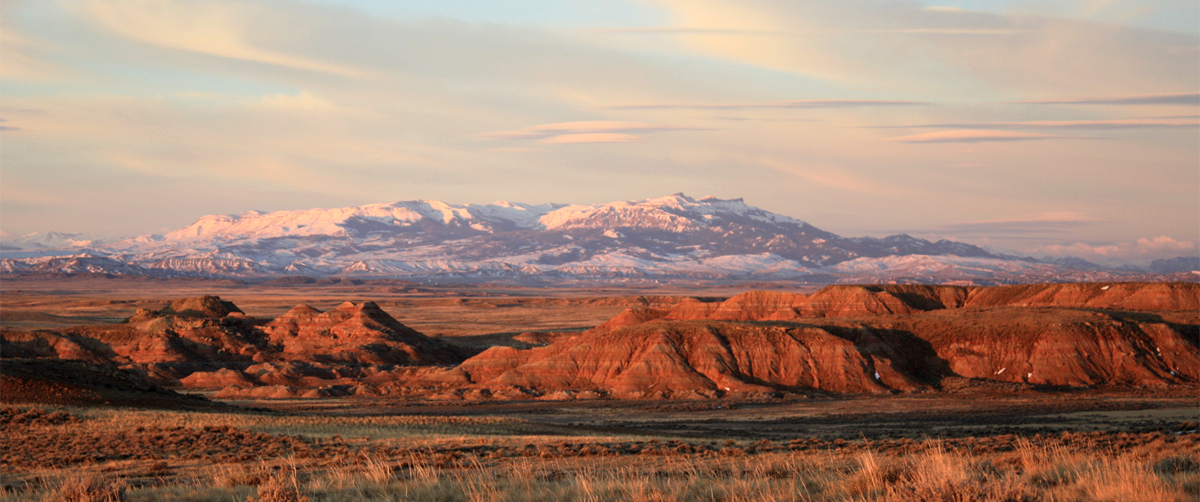
"The Heart Mountain landslide of northwest Wyoming is the largest known sub-aerial landslide on Earth. During its emplacement more than 2000 km3 of Paleozoic sedimentary and Eocene volcanic rocks slid >45 km on a basal detachment surface dipping 2°, leading to 100 yr of debate regarding the emplacement mechanisms," the Durham Research Online says.
"Recently, emplacement by catastrophic sliding has been favored, but experimental evidence in support of this is lacking. Here we show in friction experiments on carbonate rocks taken from the landslide that at slip velocities of several meters per second CO2 starts to degas due to thermal decomposition induced by flash heating after only a few hundred microns of slip.
"This is associated with the formation of vesicular degassing rims in dolomite clasts and a crystalline calcite cement that closely resemble microstructures in the basal slip zone of the natural landslide. Our experimental results are consistent with an emplacement mechanism whereby catastrophic slip was aided by carbonate decomposition and release of CO2, allowing the huge upper plate rock mass to slide over a ‘cushion’ of pressurized material."
Photos: Largest known sub-aerial landslide on Earth, world record in Wyoming
(1) A view of White Mountain -- a deposit of the Heart Mountain detachment -- from the Sunlight Basin Road in Wyoming. Much of the evidence supporting the lamprophyre diatreme triggering mechanism theory for the landslide was gathered at White Mountain. Photo: USGS
(2) Image from: After Losh, S.
(3) With the northwestern breakaway point near Silver Gate, MT, the Heart Mountain slide block moved southeast toward Cody, WY (orange arrow). Notable deposits of the debris avalanche include White Mountain, Heart Mountain, and the McCulloch Peaks. Photo: USGS.com
(4) Map of the Heart Mountain slide block. From Mitchell et al., 2015 ("Catastrophic emplacement of giant landslides aided by thermal decomposition: Heart Mountain, Wyoming." Earth and Planetary Science Letters 411: 199-207), modified from Anders et al. Photo: USGS.com (2010).
(5) Northwest view of McCullough Peaks with Heart Mountain on left central horizon. Image Mark Fisher, June 2019
(7) Heart Mountain, view from Chief Joseph Highway (WY 296) looking east. Red Triassic Chugwater capped by Jurassic Gypsum Spring in foreground. Photo by Mark Fisher
(9) McCullough Peaks badlands with Carter Mountain in background. Image: blm.gov


